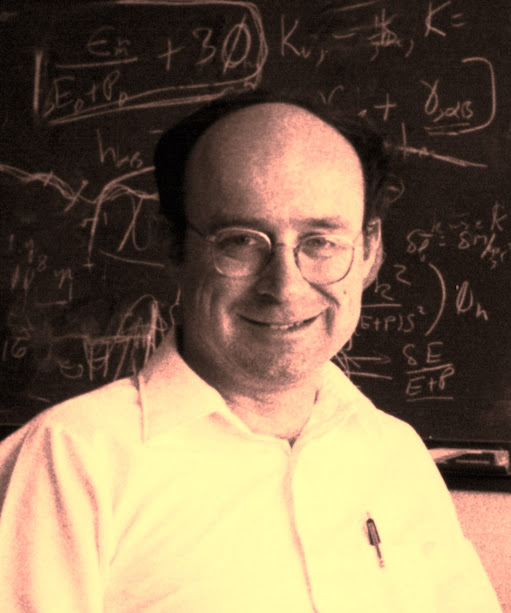Henry Bragg & Lawrence Bragg : The Only Father Son duo who won the Noble Prize in Physics
Sir William Henry Bragg (1862-1942) Born at Wigton, Cumberland, England, on July 2, 1862. Studied At King's College, Cambridge, he studied mathematics and physics. Pioneered research in the field of X-ray crystallography. Developed the concept of X-ray diffraction with his son Lawrence Bragg. Proposed Bragg's law, which explains X-ray diffraction by crystals and allows crystal shapes to be determined. The structure of numerous crystals, including minerals and chemical molecules, was investigated. X-ray crystallography was used to investigate the molecular structures of key compounds such as proteins. He was a professor at the Universities of Leeds (1909-1915) and Manchester (1915-1919). In 1915, he and his son Lawrence shared the Nobel Prize in Physics for their work on X-ray crystallography.

.jpg)
